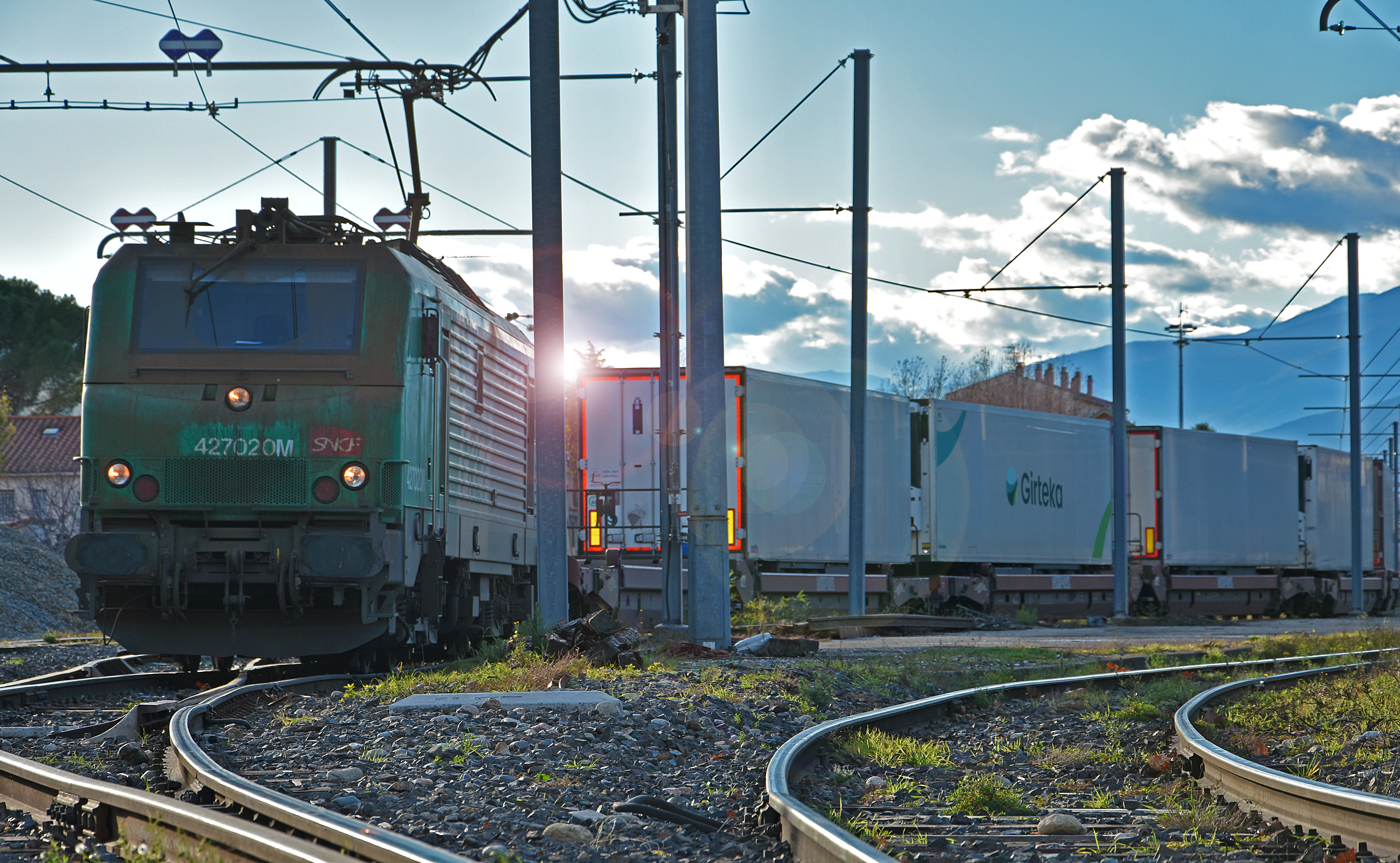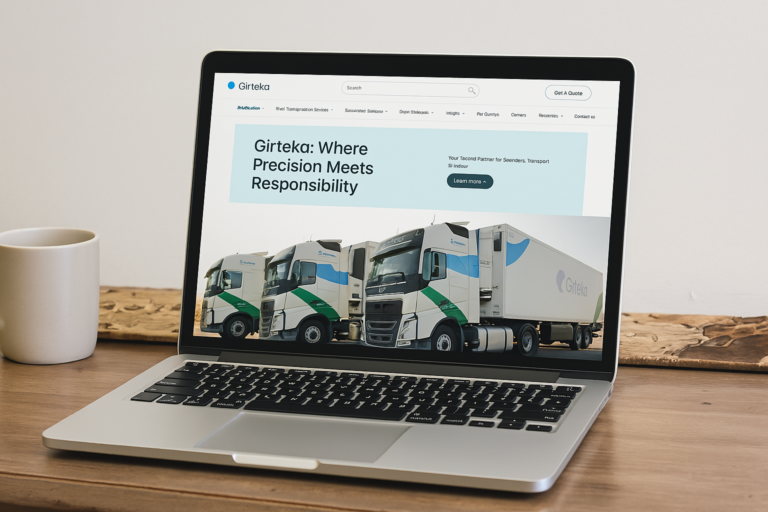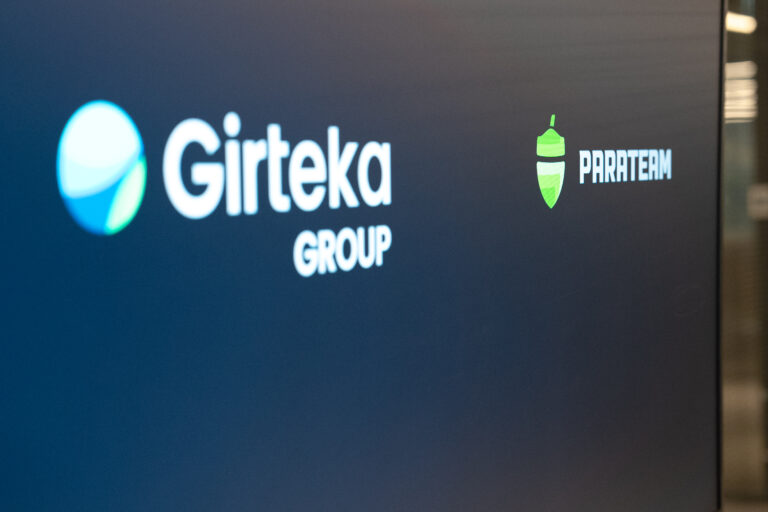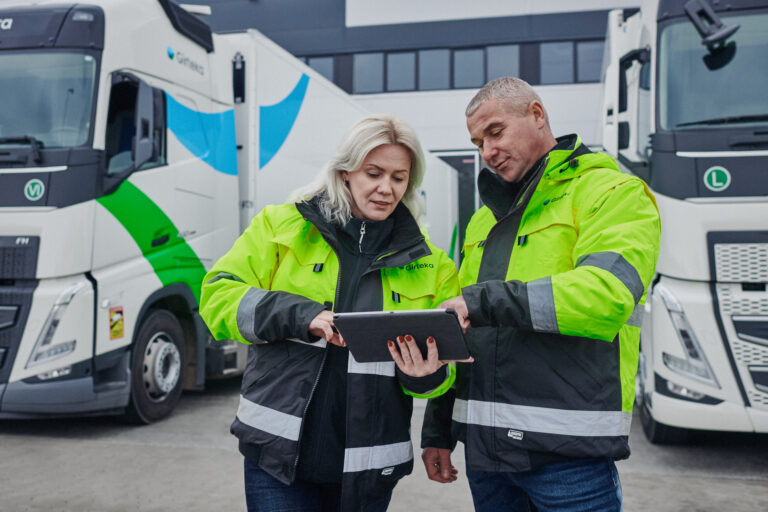Share it:
Railways have long been a reliable mode of transporting goods. However, in recent years, road transport has taken the lead, offering faster and more flexible delivery options. Now, with decarbonization goals in focus, rail is making a comeback as a powerful solution for reducing emissions.
Intermodal solutions, especially rail transport, have proven effective in reducing emissions. When powered by green energy sources, rail can significantly cut emissions by up to 65%[1]. Thanks to the long distances covered by a single train, equivalent to 35 –40 fully loaded trailers, the railway network offers a safe, sustainable, and efficient way to transport goods for long distances across Europe.
High-value goods on trains
With supply chains accounting for a large portion of companies’ overall emissions, up to 90% in some cases[2], shifting a significant portion of transport to rail can greatly impact carbon footprints. One example is a leading cosmetics company that decided to move up to 80% of its high-value goods transport to the railway network. By transporting up to 1500 fully loaded trailers, only in 2022, the company achieved a significant 80% reduction[3] in emissions compared to traditional road transport.
“We knew the company wanted to make significant strides in reducing emissions, so we explored possible solutions together, analyzing all available alternatives. Thanks to our extensive network and minimal changes to operations, we utilized rail transport effectively. Paired with our broad trucking network, from and to terminals, we have delivered a large volume of goods most conveniently and sustainably,” says Larisa Senkevičienė, Intermodal Business Development Manager from Girteka, the company securing the deliveries.
This case, as the majority of the loads were transported via railway, required precise coordination with the customer to plan both loading and unloading. Time slots were established to align with production and delivery schedules, knowing the need for smooth transitions between rail and road. Internally, planning teams collaborated with the customer to manage every step, adjusting resources to fit the rail transport requirements. This co-creation approach optimized logistics, allowing for on-time deliveries with minimal delays.
Combination of sustainable solutions
Though the railway network has its limitations, when combined with alternative fuels like HVO100 or battery-electric vehicles (BEVs), emission reductions can reach up to 100%, while using clean green energy. Another example from the food and beverages sector involved optimizing both the start and end of the transport process to reduce emissions. Due to network limitations, the company opted for a combined transport method, using both the railway network and HVO Alternative Fuel Program for delivery to and from train terminals. The results were impressive.
“We had to approach this differently, as the entire supply chain couldn’t be covered solely by intermodal transport. However, with our trucks being compatible with alternative fuels like HVO, we used this option to handle the transport to and from the railway terminal. The outcome? A 90% reduction[4] in emissions, which can be easily reported,” explains Senkevičienė.
Measuring Impact through Data
Reporting and data collection are crucial for evaluating the efficiency and real impact of sustainable solutions. The goal is simple: reduce emissions as much as possible without compromising the timing or stability of supply chains.
“Monitoring and data are essential for us, therefore we provide the option to oversee the full cargo journey, and our calculations of reduced emissions from chosen sustainable transport solution, customer can receive a comprehensive report on the exact number of kg of CO2 reduction. In a time of data approach and ESG reporting soon in place, this value information is additional benefit customer receive,” – emphasizes Senkevičienė.
Can all sectors benefit?
It might seem that intermodal solutions aren’t suitable for all types of cargo. However, the key lies in having the right assets and a combined solution. For instance, Girteka operates a fleet of temperature-controlled trailers, fully equipped with sensors and telematics systems.
“For one of the sector leaders in ice cream production, we transport goods via the railway network from Germany and Netherlands to Spain. The critical part of this operation is ensuring the right conditions during transit since this type of product is the most sensitive of all temperature-controlled products. With digital monitoring tools and a dedicated team, we continuously track the cargo, have possibility to remotely turn on/off or set up the temperature, individually for each trailer if needed,” explains Dainius Augutis, Transport Function Support Department Manager from Girteka.
This project centers on precision-driven operations, with continuous monitoring of essential elements: the trailer’s internal temperature, status of reefer system, and strict adherence to train departure and arrival schedules. A dedicated team and a plan are in place to address any delays or unexpected changes, ensuring reliability and quality throughout each stage of transport. This real-time approach with proper remote digital support ensures all critical parameters are consistently controlled and managed effectively.
The Future of Intermodal Solutions
Intermodal solutions are gaining renewed popularity. However, only around 18%[5] of goods are transported via railway networks, but the EU is prioritizing the expansion of this mode of transport. Through initiatives like the Greening Freight Package, the EU aims to increase the share of rail freight by improving network infrastructure, simplifying regulatory frameworks, and enhancing intermodal connections. The plan focuses on shifting a substantial portion of road freight to more sustainable modes, such as rail and inland waterways, to reduce emissions and enhance the efficiency of freight logistics across Europe.
[1] https://cer.be/images/publications/positions/The_Economic_Footprint_-_web_-_final_final_30_Sept_0.pdf
[2] https://www.mckinsey.com/featured-insights/mckinsey-explainers/what-are-scope-1-2-and-3-emissions
[3] Intermodal provider and Girteka own data calculation
[4] Intermodal provider and Girteka own data calculation
[5] https://eur-lex.europa.eu/resource.html?uri=cellar:5e601657-3b06-11eb-b27b-01aa75ed71a1.0001.02/DOC_1&format=PDF



